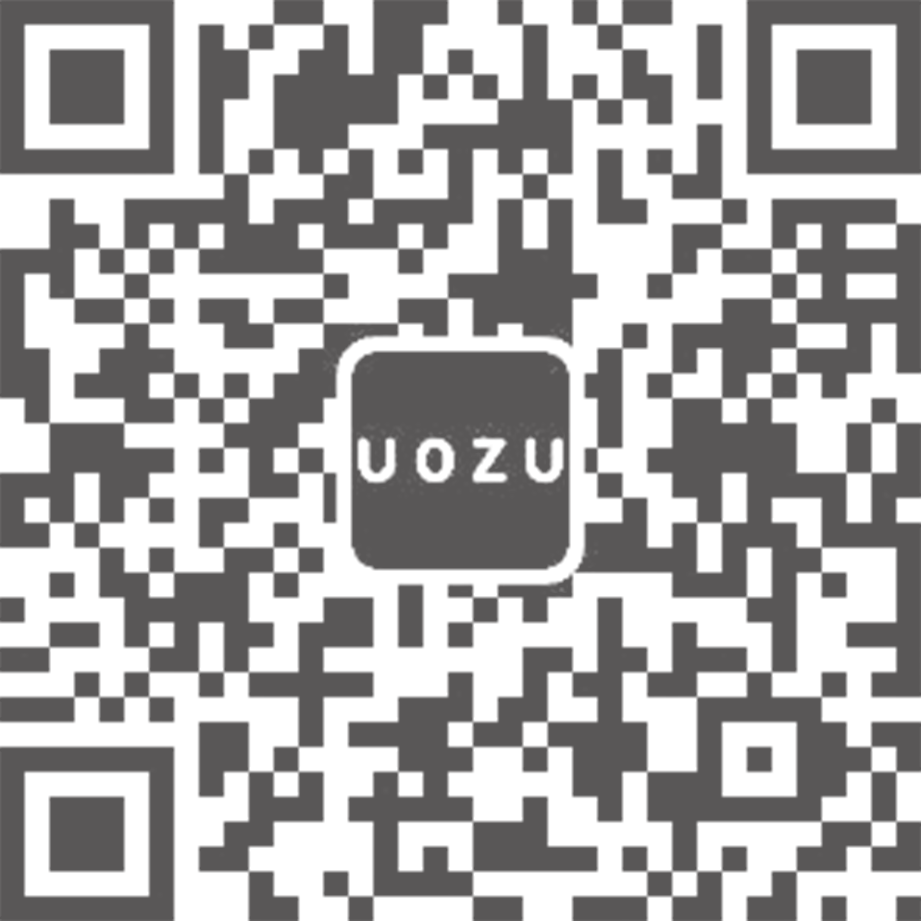SEARCH THE WEBSITE
A staggering 99% of inhabitants of Europe and the United States—and 83% of the world’s population overall—experience some form of light pollution, according to a 2016 study published in Science Advances. Many jurisdictions follow older versions of building codes that are out of alignment with newer LED technologies that offer unprecedented efficacy, outputting more lumens per watt than conventional light sources.
Aside from inhibiting views of a star-filled night sky, light pollution disrupts the circadian rhythms of humans and wildlife. According to the International Dark-Sky Association, a Tuscon, Ariz.–based organization combating light pollution worldwide, an estimated 30% of outdoor lighting in the U.S. is wasted by fixtures that are unshielded, poorly aimed, or both. That means that approximately $3.3 billion worth of energy is lost to sky glow each year. Architects and designers can help reduce that waste by leveraging new lighting guidelines and control systems.


In April, the IDA and the Illuminating Engineering Society announced a strategic partnership to address lighting pollution. The boards of both organizations adopted principles for responsible outdoor lighting, including the limiting of nighttime lighting to where and when it is needed, avoiding overlighting, and maintaining sensitivity to local ecosystems.
Real estate leaders who value wellness should take notice. The fundamental principles of lighting and its effects on human circadian rhythm should become an industry standard.
Designers voluntarily following these principles would minimize a project’s number of exterior fixtures, specify lower lamp wattages, aim fixtures downward to prevent sky glow, and avoid casting light onto adjacent properties to reduce light trespass. Using lighting control systems equipped with timers and dimmers can help limit lighting to its intended purpose. Using warm lamps, with color temperatures below 3000K, can further enhance visual comfort.


Complementing the efforts of IDA and IES, the Fairfax Station, Va.–based Smart Outdoor Lighting Alliance has launched the Community Friendly Lighting Training and Certification program, which prepares lighting professionals to design, plan, and install successful LED public lighting projects in residential neighborhoods.
As part of the program requirements, designers must engage community members through public outreach and engagement initiatives such as town hall–style meetings, mock-ups, pilot tests, walking tours, and surveys.
For outdoor lighting, IDA recommends the use of lamps with color temperatures below 3000K and of shielded fixtures, particularly when using LEDs or metal halides. The spectrums for these sources contain large amounts of blue light, which brightens the night sky more than any other color of light. While IDA itself doesn’t sell fixtures, it does recommend dark sky–compliant fixtures through its third-party certified Fixture Seal of Approval program.
The lighting codes of many municipalities integrate dark-sky principles. In 2011, IDA and IES developed the Model Lighting Ordinance, which sets forth outdoor lighting standards to reduce glare, light trespass, and sky glow. The MLO assigns appropriate lighting levels based on land use and lighting zones.
Before developing an outdoor lighting system, a lighting designer should observe the impact of nearby projects. Francesca Bastianini, a Brooklyn, N.Y.–based founding partner of Sighte Studio, makes it a practice to visit a project site at night, even before construction begins. She also favors creating “bread crumbs”—points of light in the landscape created through path lights—or highlighting special features instead of deploying continuous path lighting.


For the Loghaven Artist Residency in Knoxville, Tenn., by Sanders Pace Architecture, Sighte Studio cast light down vertical surfaces and across louvered gables at the ends. The weathered wood surfaces subtly glow without creating unnecessary light trespass. During commissioning, Bastianini chose to dim preset levels further to achieve the desired effect. As the evening progresses, the luminance levels lower before the fixtures eventually turn off.
When Boston City Hall, the controversial Brutalist behemoth designed by Kallmann, McKinnell, and Knowles, was completed in 1968, façade-mounted floodlights illuminated the structure. Those floodlights eventually burned out and were never properly updated. As a result, the base of the building—designed to appear light and porous—looked heavy, shadowed, and uninviting. As part of a multiphase revitalization effort, local architecture and planning firm Utile and lighting designer LAM Partners relit the exterior and updated the lobby in October 2016.


To highlight the Brutalist architecture once again, the design team stripped away the old floodlights and conduits—which LAM principal Justin Brown recalls as looking “like big, horrible barnacles on the façade.” Given that the structure is a historic landmark, options for placing new fixtures were limited. LAM Partners relied heavily on pole-mounted fixtures that project light onto the façades. Along Congress Street to the north and east, LAM Partners mounted fixtures on existing city streetlights and utilized wireless DMX, which is set on a schedule so that lights ultimately turn off at night. “We took a targeted approach with each fixture so they are not flooding the building and there isn’t much spill light,” LAM Partners principal Keith Yancey, AIA, says. “Lumens weren’t wasted.”
Utile designed a custom bronze detail to conceal new façade-mounted linear fixtures that illuminate the structure’s massive corner columns. Within the exterior colonnade, existing fixture locations in the soffit were reused for new downlights—a challenge given that the existing conduits and wires were embedded in a mass of concrete.
